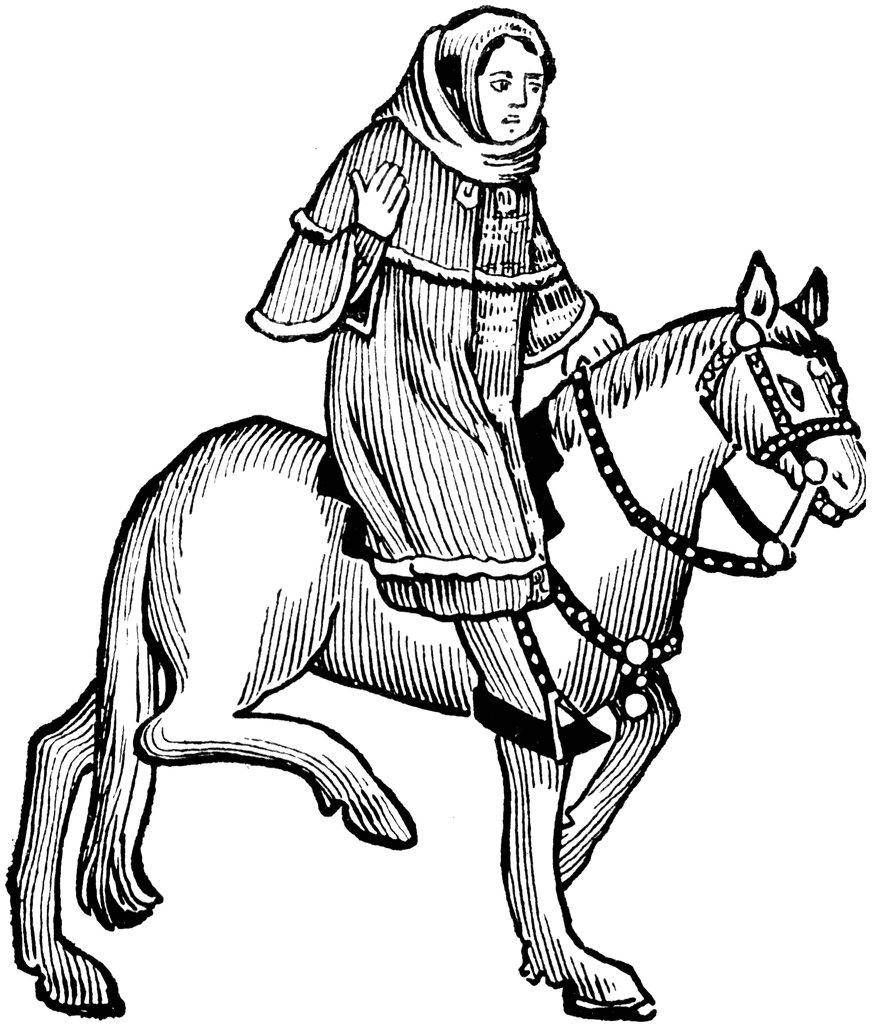The Riddle of the Fish Pond
Here's another Dudeney Puzzle from the Cantebury Puzzles. I'll let it phrase itself as it appeared originally:
"At the bottom of the Abbey meads was a small fish pond where the monks used to spend many a contemplative hour with rod and line. One day, when they had had very bad luck and only caught twelve fishes amongst them, Brother Jonathan declared that as there was no sport that day he would put forth a riddle for their entertainment. He thereupon took twelve fish baskets, and placed them at equal distances round the pond, as shown in our illustration, with one fish in each basket.
"Now, gentle anglers," said he, rede me this riddle of the Twelve Fishes. Start at any basket you line, and, always going in one direction round the pond, take up one fish, pass it over two other fishes, and place it in the next basket. Go on again; take up another single fish, and, having passed that also over two fishes, place it in the basket; and so continue your journey. Six fishes only are to be removed, and when these have been placed, there should be two fishes in each of six baskets, and six baskets empty. Which of you merry wights will do this in such a manner that you shall go round the pond as few times as possible?
I will explain to the reader that it does not matter whether the two fishes that are passed over are in one or two baskets, nor how many empty baskets you pass. And, as Brother Jonathan said, you must always go in one direction round the pond (without any doubling back) and end at the spot from which you set out."
To quantify this problem slightly, see if you can do it in 3 rotations. There are many ways of doing it in 4, but 3 is slightly harder to spot. Answers below.
...
With each pair of numbers we are taking the fish from the first numbered basket to the second numbered basket.
1-4, 5-8, 9-12, 3-6, 7-10, 11-2 Notice that the first number is arbitrary so we could rotate the whole problem, e.g. 4-7, 8-11, 12-3, 2-5, 6-9, 10-1.







